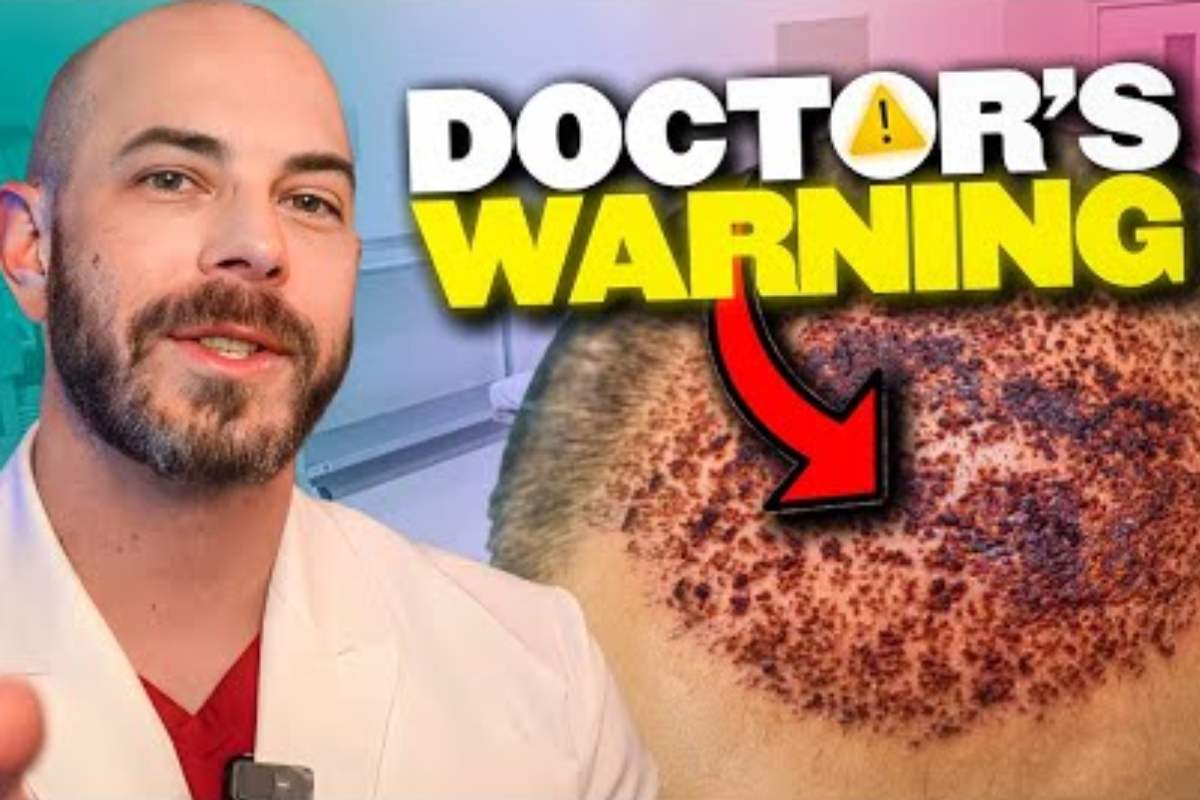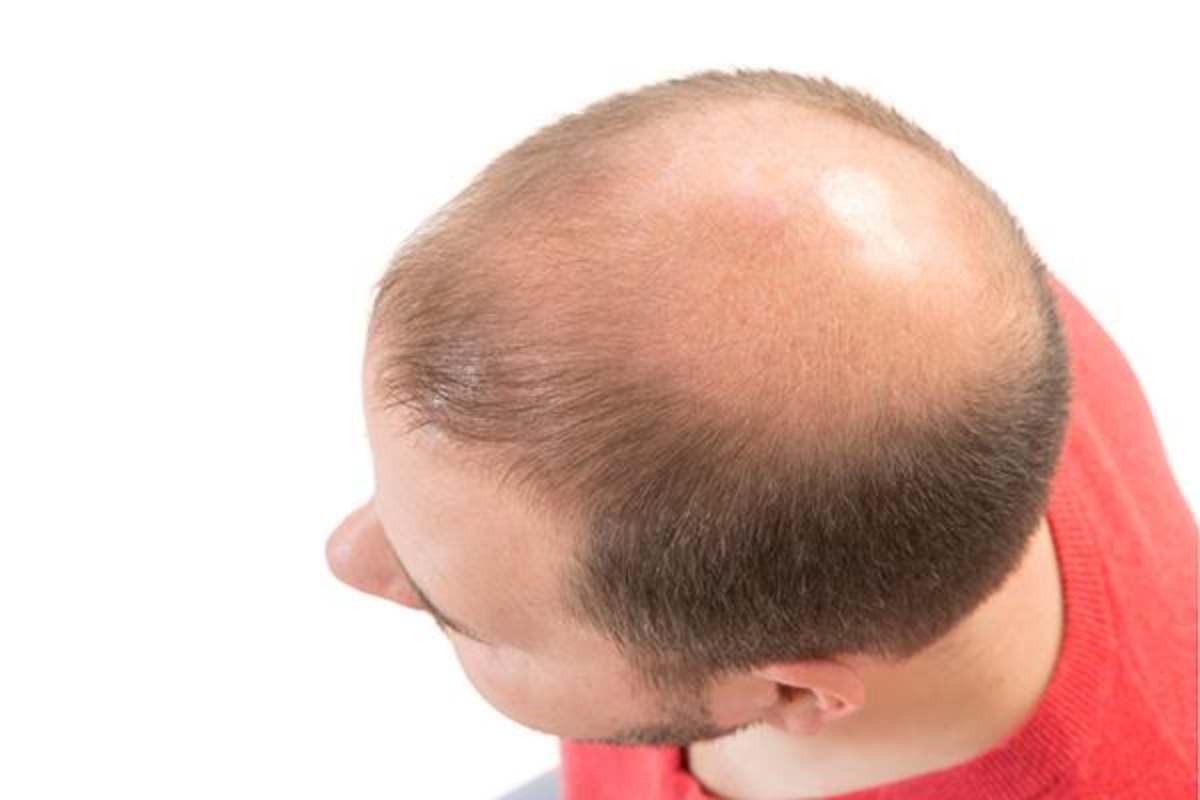A hair transplant is often seen as a long-term solution for hair loss, which means that while there may be other genetic factors that can cause hair to continue to fall out as you age, the hair transplant itself is typically regarded as permanent. This is because the hairs used during the procedure are taken from areas of the scalp that are resistant to balding, usually the back or sides of your head. These hairs tend to grow for life, even after they’re moved to new spots.
When performed by a skilled surgeon and followed by proper care, the results can last for decades. In fact, many men keep their transplanted hair for the rest of their lives. That’s why people often say a hair transplant is permanent. But even though the transplanted hair lasts, other hair on your head may still thin or fall out over time.
Twenty years after a hair transplant, many people still have good results. However, some may notice their hair getting thinner with age, including the transplanted areas. This doesn’t mean the procedure failed; it just means your hair is aging naturally, like the rest of your body.
With the right hair transplant maintenance, such as using doctor-recommended therapies and avoiding bad habits, you can help your results stay strong for years to come. Some men may need a second procedure later in life to add more thickness or cover new areas of thinning. But overall, a well-done transplant is built to last.
Why Transplanted Hairs Often Last a Lifetime
Hair used during a transplant comes from areas that are not usually affected by male pattern baldness. This so-called “donor area” is typically found on the back and sides of the head. The hairs in these areas have a different genetic profile, meaning they don’t react the same way to the hormone dihydrotestosterone (DHT), which is the main cause of hair loss in men.
Because of this genetic dominance, once these hairs are moved to the thinning or balding parts of your scalp, they continue to grow just like they did before, and they keep their original strength and resistance.
Even though the new hair is strong, it can still change as you get older. Some men notice their transplanted hairs become a little finer or thinner after 10 or 20 years. This is normal and part of the natural aging process. Patients who have excessive thinning or “miniaturization” in the donor area prior to surgery, though, may not have standard male pattern hair loss and, therefore, may not be good hair transplant candidates. This is one of the many reasons why a thorough pre-operative evaluation by your physician is so crucial.
It’s also important to know that the rest of your hair, the non-transplanted hair, might continue to thin. In fact, the natural history of male pattern hair loss is that the loss progresses with time, so it’s more of a question of when rather than if the surrounding hair will thin. This progressive loss can, understandably, change the look of your results. That’s why hair transplant maintenance is so important. Taking care of your scalp and using proven hair loss treatments can help protect both your transplanted and natural hair.
Factors That Affect How Long a Hair Transplant Lasts
Not every hair transplant lasts the same amount of time. Several things can affect how long your results stay looking full and natural.
Quality of Donor Hair
As previously mentioned, one of the biggest factors is the quality of your donor hair. If your donor area has thick, healthy hair, the transplanted follicles are more likely to stay strong and grow well over time. If the donor hair is thin or weak, the results may not last as long or look as full. Additionally, transplanting very light or white hairs may not look as full as results with dark hairs.
Skill of Your Surgeon
The skill of your surgeon also plays a big role. A well-trained hair transplant specialist knows how to place each hair at the right angle and depth. This helps the hairs grow in naturally and stay healthy for years. A poorly done transplant can lead to patchy growth or shorter-lasting results.
Age
Age matters too. Men in their 20s may still be losing hair quickly, so their transplant might not blend as well over time unless they get another procedure later. Men in their 30s or 40s usually have a more stable hair loss pattern, which helps the results last longer without needing touch-ups.
Health and Lifestyle
Your overall health and lifestyle can also make a difference. Smoking, heavy drinking, and poor diet can slow healing and weaken hair. On the other hand, healthy habits like regular exercise, good nutrition, and stress control support stronger, longer-lasting results.
Hair Maintenance
Finally, hair transplant maintenance plays a key role. Even though the transplanted hair is resistant to balding, the hair around it may still fall out. Keeping up with doctor-recommended treatments and caring for your scalp helps protect the full look for as long as possible.
Hair Transplant Maintenance and Upkeep
Taking care of your hair after a transplant helps your results last longer and look better. While the new hair is designed to be permanent, that doesn’t mean it’s maintenance-free.
One of the most important steps is using hair loss treatments, like finasteride or minoxidil. These treatments don’t affect the transplanted hair directly, but they help slow down the loss of your natural hair. This keeps your hair transplant results looking more even and natural. Many doctors suggest using these medications before and after the procedure for best results.
Your daily habits also matter. Eat foods rich in vitamins and protein, like eggs, leafy greens, and nuts. These nutrients help your hair grow strong and healthy. Some people also take supplements like biotin or vitamin D, especially if their doctor recommends it.
Stay away from smoking and try to limit alcohol consumption. Smoking reduces blood flow to your scalp and promotes inflammation, which can hurt the healing process and affect the long-term strength of your new hair. Too much alcohol can also slow recovery.
How you treat your hair day to day is also important. Use gentle shampoos, avoid harsh brushing, and skip tight hairstyles that pull on the scalp. Heat styling, like blow dryers and straighteners, should be used carefully and not too often.
Regular checkups with your doctor or hair specialist can help catch any changes early. Some people also choose extra treatments like platelet-rich plasma (PRP) injections or laser therapy to keep their hair thick and healthy. These options can be part of a good hair transplant maintenance routine.
What to Expect Over Time
Hair transplant results don’t happen overnight. It takes time for your new hair to grow in and reach its full potential. Most people see new hairs starting to come in around 3 to 4 months after the procedure. By 6 to 9 months, your hair will start to look fuller, and it usually takes 12 to 18 months to see the final results.
Over the years, transplanted hairs generally keep growing. This is why a hair transplant procedure is looked at as a permanent solution. But like all hair, it can age. The strands might get a little thinner or lighter with time, especially 10 to 20 years later. This is a natural part of aging, not a sign that the transplant is failing.
The biggest changes often come from the rest of your hair, not the transplanted part. If you don’t treat ongoing hair loss, the surrounding areas can continue to thin. That’s when some people feel like they’re going bald again after a hair transplant. But it’s not usually the transplanted hair falling out; it’s the original hair continuing to follow its natural pattern.
This is why many men go back for a second session years later. It’s not because the transplant didn’t work, but because their hair loss progressed. Touch-up procedures can fill in new thin spots or add density where needed.
Staying realistic is key. A hair transplant can make a big difference in how you look and feel, but it won’t stop time or genetics.
The better you take care of your scalp and hair, the longer your results will last.







